
The map shows where the two regions are situated in Sweden. Agriculture in the two regions is dominated by milk and meat production. A larger portion of the arable land is utilized for ley cultivation in these regions compared to Sweden as a whole.

Västerbotten and Norrbotten
In Sweden, efforts are underway to enhance land use efficiency in Västerbotten and Norrbotten by establishing and optimizing a value chain for turnip rape cultivation in northern Sweden.
The majority of this value chain operates locally, involving various stakeholders such as farmers, machinery stations, technology providers, and biogas plants. The buyers of biodiesel encompass both regional and non-regional entities.
The main biophysical constraint in these regions is low temperatures and a very short cultivation season. The vegetation period, defined as the number of days with an average daily temperature exceeding 5°C, spans 139 days in the region. The ripening time for spring turnip rape is approximately 110-120 days. A value below 180 days vegetation period is defined as marginal. The accumulated heat sum, the daily difference between the average temperature and 5°C throughout the year, amounts to around 900°C in these regions. A value below 1500°C days is classified as marginal.
To address pests and diseases, turnip rape should not be included in the crop rotation more frequently than every fifth to sixth year. This consideration has been factored into the map.
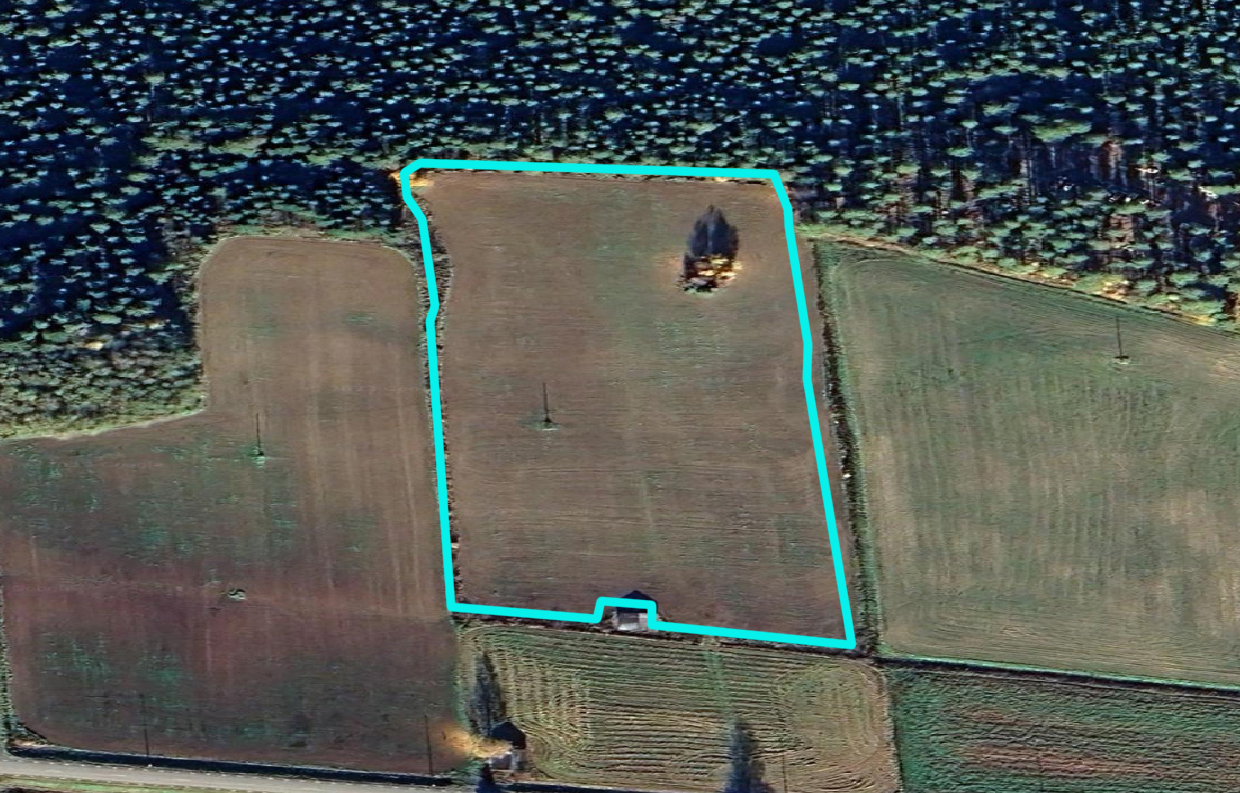
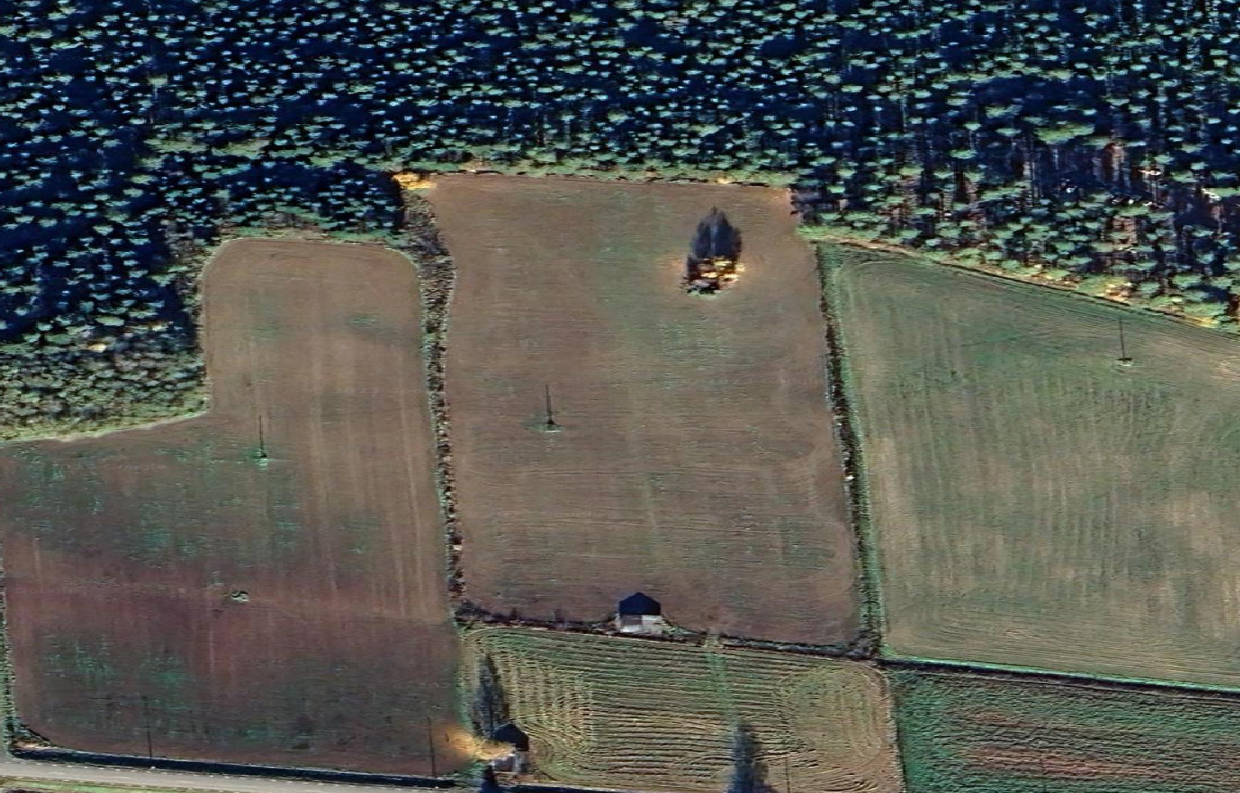
The farm in Skellefteå
In 2023, a 1.5 hectare field in Djupliden Skellefteå will be cultivated with spring turnip rape. The area will be increased to 2.5 hectares in 2024. The harvested material will be utilized to produce biodiesel. Turnip rape can improve soil qualities and productivity when used in rotation with cereal crops. This crop is suitable for colder climates and can serve as a rotation crop in a crop rotation dominated by feed crops.
Main Challenges
The Swedish use case is situated in the northern regions of Västerbotten and Norrbotten, where cold temperatures and short vegetation periods create significant challenges for agriculture. The growing season in these regions is defined by an average daily temperature exceeding 5°C and lasts only 139 days, well below the 180-day threshold that defines marginal areas. The accumulated heat sum reaches approximately 900°C, far short of the 1500°C minimum typically needed for reliable oil crop development.
These climatic conditions limit the types of crops that can be grown, while long distances between farms and infrastructure add complexity to logistics and cooperation. Additionally, the local population is declining and ageing, which reduces labour availability and increases the pressure on existing rural services.
Socioeconomic factors
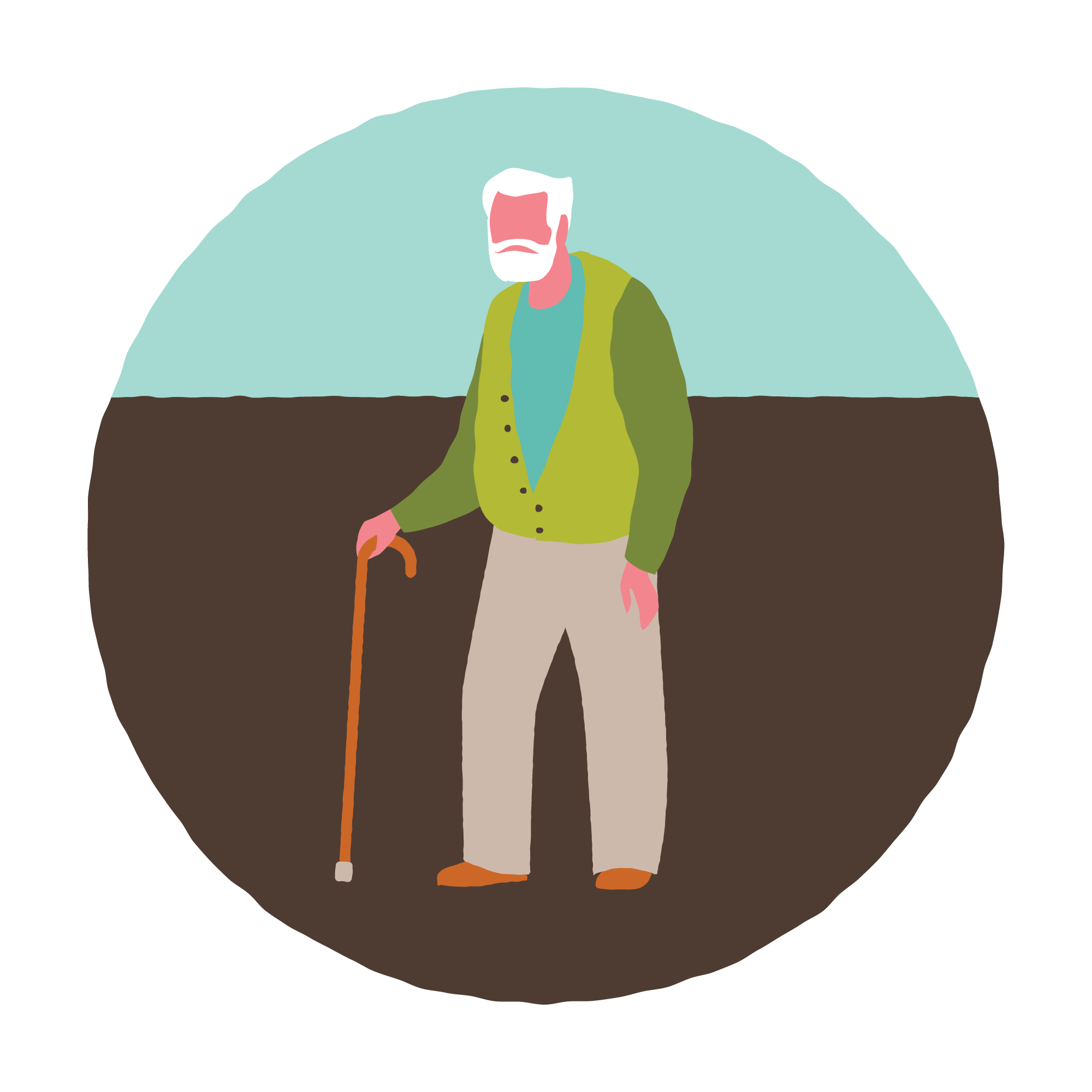
Population – The region exhibits a low population density, with a predominantly elderly population. In the last 50 years the population structure has changed significantly with a large growth in the number of older people and a sharp decrease in the number of younger people.
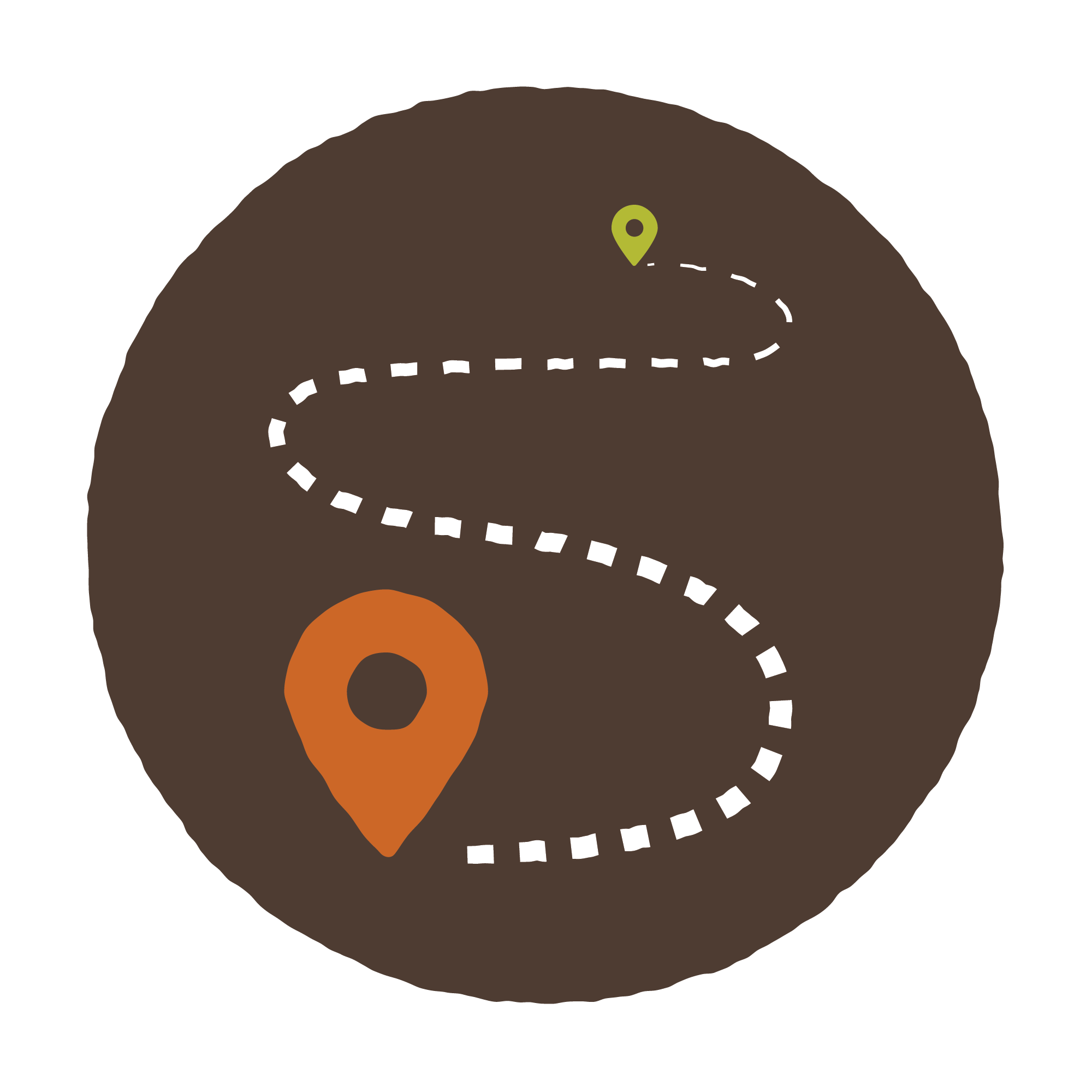
Long distances – A specific challenge that the two use case regions have to address is the long distances. This challenge is particularly prominent in the rural areas of these regions, while the distances between towns along the coast are relatively shorter.
Solution within MarginUP!
To address these constraints, the project focuses on establishing and optimising a full value chain for the cultivation and processing of spring turnip rape. This crop is introduced here not only as an oil crop, but also to improve soil qualities when used in rotation with cereals. The crop is suitable for colder climates and complements the region’s feed-dominated farming systems.
To minimise risks from pests and diseases, turnip rape is not cultivated more frequently than every five to six years in the same location, a consideration that is also reflected in the mapping and planning process.
In the use case, turnip rape oilseeds are processed to extract oil, which is then converted into biodiesel. This process yields two byproducts: press cake and glycerol. Press cake, the solid residue left after oil extraction, is used as a protein-rich animal feed. Glycerol is utilised in experiments to evaluate its potential for biogas production.
This proposed circular approach increases land use efficiency, enhances soil health through crop rotation, and strengthens regional energy and feed autonomy. The project supports both environmental and economic sustainability in marginal agricultural areas.
Implemented actions
A total of 39.5 hectares of turnip rape was cultivated across two separate sites as part of both organic and conventional trials. Oil pressing and biodiesel production were initiated, alongside feed testing and glycerol valorisation. Improved agricultural practices, including enhanced weed control and optimised sowing depth, were also implemented.
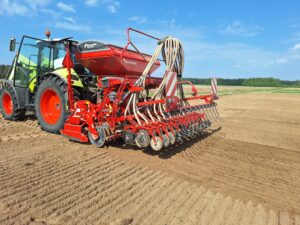
Timeline
- 2023: First cultivation (10 +1.5 ha in Piteå and Skellftea) and oil press installed in Piteå. The harvest failed, and changes were applied. An extra harrowing was done, less fertiliser was used, and the sowing depth was changed.
- 2024: Cultivation expanded (13 ha), 1150 litres of oil produced and first biodiesel batches completed.
- 2025: Cultivation (15 ha) and 4000 litres of oil produced. Biodiesel production (3000 litres) to be tested in trucks and farm machinery, and press cake to be tested as feed (2000 kg tested) and glycerol for biogas trials.
- 2026: Full system to be demonstrated in Öjebyn Agro Park.
Replication Potential
This case is well-suited for replication in other cold or marginal agricultural regions across Europe. Its decentralised structure makes it adaptable to smaller-scale operations where access to large processing facilities is limited. The integration of fuel, feed, and fertiliser by-products into a single circular model offers a replicable pathway toward rural resilience and increased self-sufficiency in energy and agriculture.
Benefits
MarginUp!’s proposed alternative land uses offer various social, environmental, and economic benefits.
Biodiversity enhancement
Circular use of biomass
Replication potential
Improved soil quality and productivity

